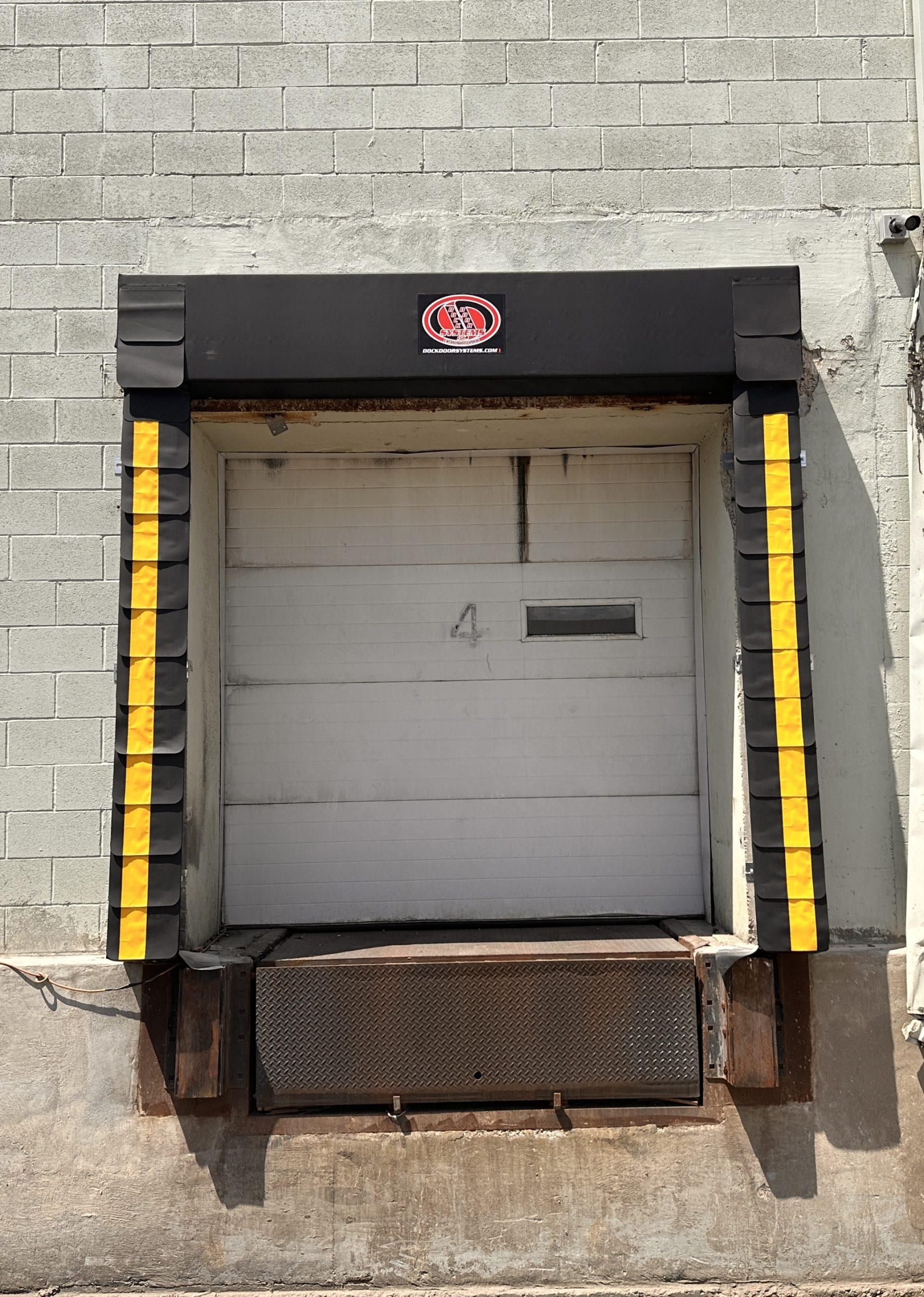The loading dock is among the most dangerous areas in any warehouse operation. Per OSHA, almost 25% of warehouse injuries occur at the loading dock, with approximately 100 fatalities every year owing to forklift accidents. Adopting loading dock safety measures negligently can result in injuries, loss of production, and huge liabilities that are easily avoidable.
A comprehensive strategy involving dock equipment, monitoring, dock seals, and dock personnel training will significantly improve safety cases while protecting the bottom line.
Understanding the Hazards Associated with Loading Docks
Trailer separation incidents are the foremost safety concern, as about one-third of loading operations do so at some risk. Just a 6-inch gap between the trailer and dock can land a forklift operator in serious, even fatal, accidents. Here, the prime suspect is often trailer creep, that is, slow movement occurring during loading.
Air Quality Dangers at the Dock
Poor air ventilation at the dock is a hazard often underestimated; approximately 60% of warehouses fail to meet the minimum indoor air quality standards and expose workers to carbon monoxide—not particularly safe at 300% above allowable limits.
Traffic Flow Dilemmas and Equipment Conflicts
The design of your dock area has a huge bearing on safety. Poor signage and bad lighting create conditions for accidents, especially where pedestrian walkways coincide with forklift lanes. For example, mixed-use zones increase the chance of dock collisions by 65%, while low visibility conditions account for 28% of dock accidents at night.
By combining bright dock shelters, dock lights, and barrier systems, warehouses can minimize these risks and create a clear flow of movements between people and equipment.
Life-Saving Equipment: The Instrument of Prevention
Conventional wheel chocks fail 20% of the time, allowing complete separation of trailers. Start resisting mechanical systems with an efficacy of 99.98%, often recovering initial investment in less than a year through savings on injury and damages claims.
Smart Dock Monitoring Technology
Advanced systems like dock sensors and trailer presence indicators prevent premature trailer departure and help reduce accidents by 92%. These smart systems can also monitor equipment usage, transmit real-time alerts, and provide compliance documentation, making audits a breeze.
They have a low implementation cost and can easily be integrated into the existing dock infrastructure including automated dock levelers, dock seals, and dock shelter systems, making them a valuable upgrade to both safety and operational efficiency.
Multi-Functional Warning Systems
It has been proven that visual and audio alerts reduce accident rates. Strobe lights contribute to a 43% reduction in accident possibilities, whereas automated voice calls could improve the response time in emergencies by as much as 60%.
Today, modern wireless configurations allow easy implementations without a full-sight expensive overhaul. Combine such systems with high-visibility dock seals and dock shelters to enhance visibility whilst discouraging distractions in the loading area.
A Safety-First Culture
Advanced training techniques for the workforce are now becoming accepted in modern facilities. Such tools, like VR simulations, increase knowledge retention by 80% over traditional methods. Far-reaching impacts can be achieved through quarterly safety refreshers—especially in languages well understood by participants—reducing violations and standardizing communication across teams.
Proactive Maintenance Protocols
A scheduled dock equipment testing program—for restraints and dock seals—could help prevent 90% of failures. Documenting these inspections on an electronic format aids in OSHA compliance and documentation ease.
Conclusion: Invest in Safety, Save in Cost
Loading dock safety goes beyond compliance; it is a prudent investment for your people and for profits. Be it tough dock seals and dock shelters or digital safety sensors and training that shapes culture, every enhancement you effect; reduces the chances for injuries, losses, and disruptions.


